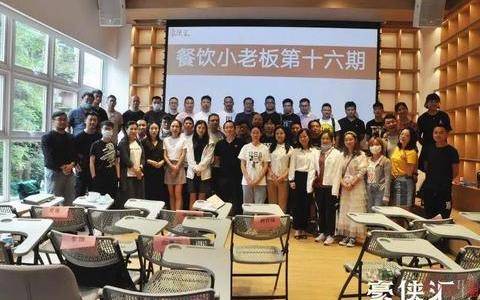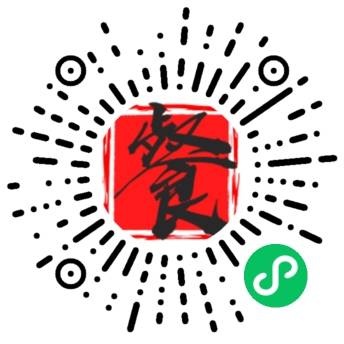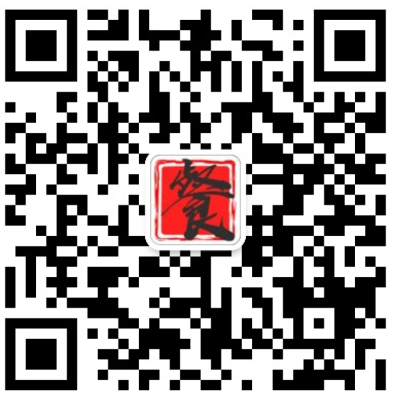▲ Follow us and “Sticky On Top”
Social media engagement has become a bit of a Holy Grail for brands. Not only does it get consumers actively involved in a brand, but it, in turn, promotes a product or service with no marketing costs whatsoever.
“It’s like a free commercial,” Somchana Kangwarnjit, founder ofPrompt Design, explained on stage atFood & Beverage Innovation Forum 2018(FBIF 2018).
The Dieline has featured plenty of social media-shareable projects before—for example, theStarbucks Red Cups(produced from designs submitted on Instagram), to thepersonalized packagingwith theShare a Coke campaign.Van Leeuwen ice creameven set out to redesign their packaging specifically for social media, and it paid off with a50% increase in sales.
So what makes packaging successful on social media? Is it the color? The font choice? The capacity for personalization, or something else?
Instead of identifying the various elements, Somchana encourages designers to consider something else. The real question is: what ideas have the capacity to create these types of designs which end up as hits on Instagram, Twitter or other social media platforms?
Based in Thailand, Somchana has done research on what makes an idea interesting on social media—vital in a country wherepeople spend nearly three hours a day on social networking sites and apps. “Those ideas that have consumer impact were then analyzed and tested with our many design projects,” Somchana said.
Consumers are bombarded with choice, faced with endless options for beverages, makeup, food, pet products, health, tech or any other market imaginable. The solution? “Consumers need innovative ideas and experiences” advised Somchana. “An ordinary idea will never stop the consumers to keep searching until the satisfied selection is met.”
He identified four ideas which can boost the probability of a product reaching new heights on social media.
01
The Impossible Idea
The simplest way to create innovative concepts is to generate ideas which seem like they couldn’t possibly be designed or produced. “It’s something you should actually study and try right away,” Somchana mentioned. “Breaking these conventional design concepts are where consumers are impressed and happy to share the most.”
SPRINKLE drinking water is a prime example. “Water bottles all look very similar,” he stated, “so we asked ‘How can we innovate on it? How can we attract more attention? And how can we ensure this product will get shared online?’”
Instead of traditional clear bottles with predictable shapes, SPRINKLE pops with color. Each month, different opaque hues are chosen to match a monthly collection, like romantic pinks and reds for February or blue sea colors for April. The project was highly successful, with 750,000 bottles sold within two weeks.
<< slide to see the next picture >>
02
The Dirty Idea
Next comes a fun one: the dirty idea. These are the ones with sexual connotations—bold choices that cause consumers to giggle and blush, giving the brand a playful, clever approach.
Naturally, in the market of sexual health, this is an easy feat. Take, for example,Enjoy Our Nature condoms. Instead of a sleek, understated look, the designers opted to place conveniently located images of the large rocks and spewing geysers right over a half-naked, horizontal man.
Dirty ideas aren’t solely for a sex-related product, though. Prompt Design created Mistine with a cucumber shape. The purposeful design turns heads, even though it’s for a body cream and not a sex toy.
<< slide to see the next picture >>
03
The Mistake Idea
“The concept of ‘mistake idea’ originates from the brand owner making something like a mistype in lettering, a misdesign or miscommunication,” explained Somchana. “Many consumers want to share and discredit the brand mistakes.”
He pointed to LAYS as a brand who designed a mistake idea. The popular chip company launched a campaign which invited consumers to play riddles on their packaging to guess the flavor inside. But the law requires ingredients to be included on the packaging anyway, creating a peculiar (and humorous) catch-22. All consumers really had to do was flip the bag over to discover what was inside.
Although it might seem like a negative approach, it certainly opens up a dialogue for consumers who want to take to social media. “If we intentionally make mistakes to create trends,” added Somchana, “we can enjoy some new ideas under this concept.”
<< slide to see the next picture >>
04
The Feel Good Idea
About two-thirds of consumers want brands to take a stance on social issues. A feel-good idea doesn’t just highlight problems in traditional branding, marketing or packaging. Instead, it gets people involved, and they feel like their purchase makes an actual difference.
“This one is the best because it brings positive energy to people,” said Somchana.
DOI CHAANGcoffee brand was born out of a feel-good idea. The packaging features a picture of a coffee grower who represents each group of the people who farm the beans. “We found that the farmers admire their participation with the brand,” Somchana explained, “and that promotes unity and love, not only among hilltribes people in northern Thailand but also among their children.
“This packaging design is miraculously able to create unity and love in the organization other than the traditional packaging functions such as protecting the merchandise and promoting sales.”
<< slide to see the next picture >>
05
So How Can Designers Unearth These Ideas?
Rather than setting a goal of getting X amount of shares on Facebook or likes on Instagram, go to the source—the idea itself. Make something impossible, make something dirty, make something wrong, or make something that feels good. From there, it’s a matter of diving in deep and learning everything you possibly can about the industry and the brand.
“To do this, the designer has to fully understand the context of consumer’s behavior, market information and communication both online and offline,” suggested Somchana.
“This will help make the design perfect.”
Source: The Dieline
Author: Theresa Christine
Tips:
*Have brilliant ideas or articles to contribute? Feel free to contact Wilbur Zhu (WeChat ID:aotokuer)
/ Read More/
20 Beautiful Packaging Design Ideas for Cookies
FBIF2018
Food & Beverage Innovation Forum 2018 / FBIF2018(Click to read more), themed as “the Rising of New Categories”,was held in April 18th to 20th in Shanghai, China.Previous FBIF has successfully attracted leading F&B brands such as Coca Cola, PepsiCo, Mondelez, COFCO,Master Kong, UNI-PRESIDENT, Yili, Royal FrieslandCampina, Abbott, Meiji, Mars, Cargill, Glico and Unilever etc. 1800 senior executives from F&B industry are expected to attend FBIF2018.Please reply”FBIF”at the main menuto get more information
/WeChat Groups /
Add Ada Chen (ID: 15021839607) to join the largest F&B WeChat Group in the world (more than 40,000+ members). WeChat Group include CEO,Dairy,Snacks, FSMP, Condiments,Marketing,R&D, Packaging, Design,OEM and etc. Follow us and reply “3” in the menu to get more information.
原创文章,作者:网络转载,如若转载,请注明出处:https://www.qiyu88.com/187171.html















